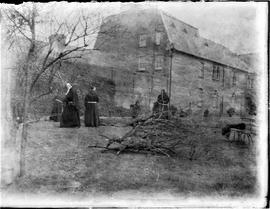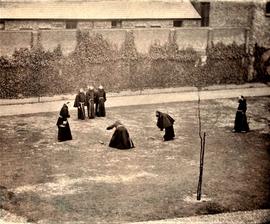Correspondence with the Irish Bishops
- IE CA MR/1/3/2
- File
- 16 Dec. 1902-6 Nov. 1908
Part of Irish Capuchin Archives
Correspondence of Fr. Paul Neary OSFC, and Fr. Peter Bowe OSFC, with the Catholic Bishops of Derry, Ferns, Waterford and Lismore, Down and Connor, Dromore, Clogher, Kilmore, the Archbishop of Tuam, the Archbishop of Dublin, and Cardinal Michael Logue, Archbishop of Armagh, re the publication of the Capuchin Franciscan 'Temperance Manual', the establishment of temperance sodalities in the various dioceses, and the general progress of the temperance crusade conducted by the friars. The draft letter from Fr. Paul Neary OSFC to Archbishop William Walsh (1841-1921) refers to the good work Fr. Aloysius Travers OSFC is doing among the trades’ societies and artisan classes in Dublin (10 Apr. 1906).


